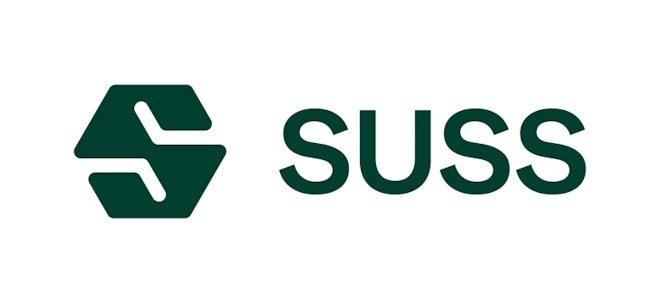Sehr interessant !! Wednesday, October 17, 2012 - 14:13 F. Kodak v. Samsung; LG Electronics (W.D.N.Y. and ITC 2008) Kodak began a plethora of patent infringement suits in November 2008 by suing Samsung and LG Electronics over camera patents in three lawsuits – two in district court and a third at the ITC.[24] The two patents-in-suit related to technology used for image capture, compression, data storage, and previewing images. Kodak accused LG and Samsung’s camera phones. Samsung fired back at Kodak three months later with its own complaint at the ITC, accusing Kodak cameras of infringing two patents relating to technology used in cameras, ultra-portable computers, and digital music players.[25] Samsung specifically accused more than a dozen Kodak camera models. With respect to Kodak’s ITC suit, LG Electronics reached a settlement agreement on November 30, 2009. With Samsung as the only remaining party, the ITC on December 17, determined that Samsung infringed both patents-in-suit. After the decision, Samsung settled the case with Kodak in January 2010, which resolved all litigation between the two companies. The settlement involved a payment from Samsung to Kodak with a technology cross-license that was royalty-bearing to Kodak.[26] G. Kodak v. RIM and Apple (N.D. Tex. 2008; ITC 2010) Kodak’s dispute with RIM began when RIM filed a declaratory judgment action of non-infringement against four of Kodak’s patents in November 2008. [27] Although Kodak and RIM met numerous times regarding licensing, they were unable to reach an agreement. RIM filed its complaint in November 2008, claiming that its products did not infringe Kodak’s patents. RIM further accused Kodak of demanding exorbitant royalties. Kodak’s patents covered digital imaging technology used in camera phones, and software designed to integrate data and application programs.[28] On January 14, 2010, Kodak responded by filing complaints against both Apple and RIM at the ITC and against only Apple in the district court.[29] The ITC complaint accused Apple’s iPhone and RIM’s camera-enabled Blackberry devices of infringement of one Kodak patent relating to image capture and color previews on digital cameras. In January 2011, the ALJ issued an initial determination that Kodak’s patent was invalid due to obviousness, but in June, the ITC panel revised the interpretation of certain claim terms and remanded for reconsideration. Although the ITC finally determined that Apple and RIM had infringed some of the claims, the ALJ found that Kodak’s patent was invalid, giving Apple and RIM a win. The decision now rests with the ITC panel, which should issue an opinion by September 2012. Kodak has claimed that a decision in its favor could help it garner more than $1 billion in royalties from the RIM and Apple.[30] I. Kodak v. Apple (W.D.N.Y. and ITC 2010) Kodak filed two complaints in January 2010 in the Western District of New York, charging Apple with infringement of five patents.[38] The first case alleged infringement of two patents that covered image preview technology and the processing of images of different resolutions, targeting Apple’s iPhone 3GS. In the second case, the three patents related to a method by which a computer program could ask for help from any other application to carry out certain computer-oriented functions. The second complaint accused Apple products such as the Mac Mini, the iMac, the Mac Pro, the iPhone 3GS, and the iPod Touch. Apple struck back on April 15, 2010, filing a complaint at the ITC.[39] The suit asserted two Apple patents relating to devices for capturing multiple image bursts. The case did not touch on smartphone devices but focused on Kodak cameras.[40] On May 12, 2011, the ALJ found that Kodak did not infringe Apple’s patents. The judge also determined that the relevant claims asserted by one of the patents – the ’911 patent – were invalid. On July 18, 2011, the ITC affirmed the ALJ’s finding. The district court cases are still pending. http://www.metrocorpcounsel.com/articles/21011/...wars-us-perspective |


 Thread abonnieren
Thread abonnieren







